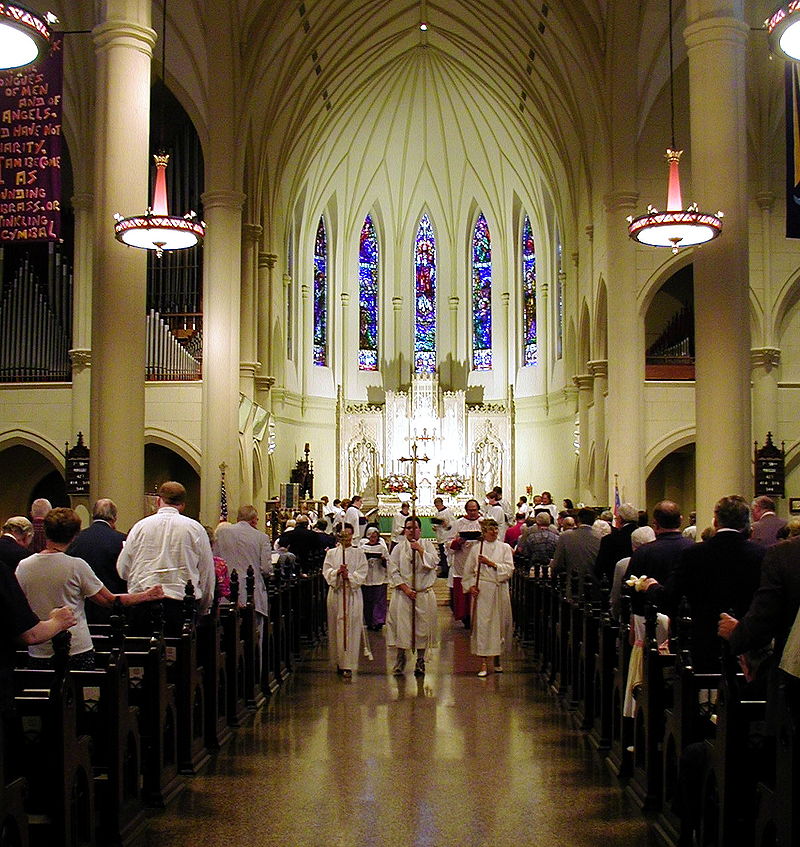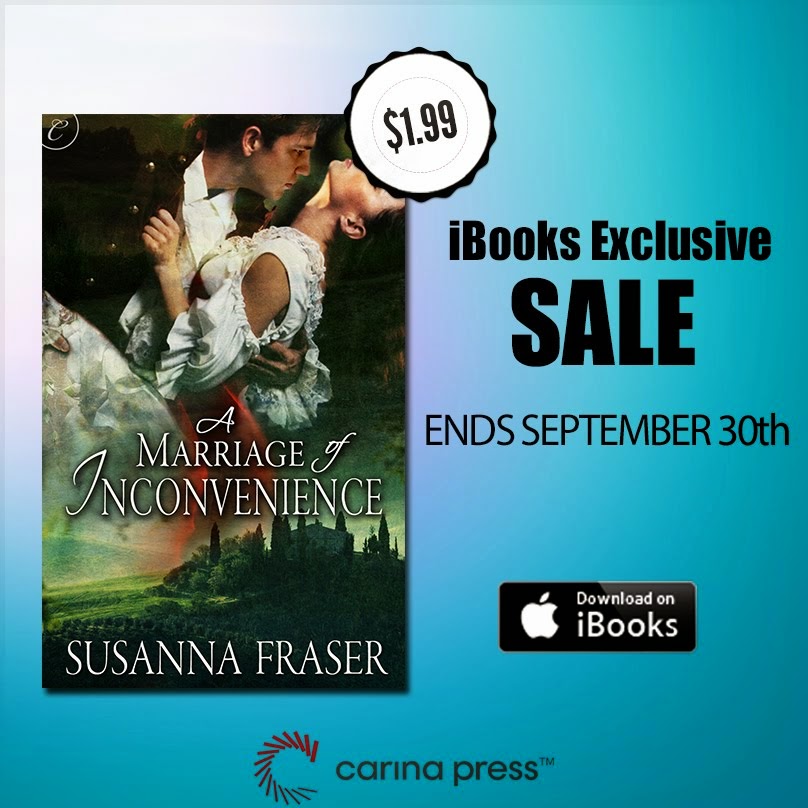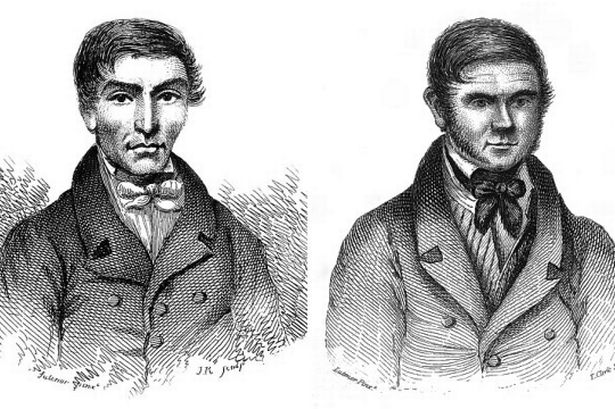I’m going to be a bit daring this week and talk about religion. (But don’t worry. I won’t preach.)
My books aren’t inspirational, so faith issues aren’t in the foreground, but when I create Regency characters I always keep in mind that they do have a religious background of some kind, even if they’re an atheist or agnostic or just aren’t very observant. Even if it’s never overtly mentioned, my characters’ upbringing and beliefs are going to play a role in how they deal with issues of life and death, right and wrong, and love and sex that arise over the course of their stories.
And I also remember that my characters’ religion isn’t as similar to my own as you might think. You see, I’m an Episcopalian, a member of the American branch of the Anglican Communion. You’d think that would give me a wonderful window into writing Regency characters, so many of whom are English aristocrats and therefore good, conforming, non-boat-rocking members of the Church of England. And you’d think that if my characters found themselves flung forward two centuries, visiting Saint Andrew’s with me on a Sunday morning would be a little taste of home.

Not so much, as it turns out. Oh, the liturgy would sound familiar in many spots. And I won’t dwell on the differences that spring from broader social changes–like how my Regency characters wouldn’t have referred to their rector as “Pete,” nor how their congregation’s ordained staff wouldn’t have been 50% female.
No, to a Regency person my modern Episcopal church would be both far too Catholic and entirely too like those overly enthusiastic Methodists and dissenting Protestants. We speak well of the Pope–at least of Pope Francis–which I can’t imagine any Regency-era Anglican doing, given how fraught and bound up in national identity the Catholic-Protestant divide was then. And while I can’t find any specific citations, I don’t think Regency clergy wore ornate, brightly colored vestments or broke out the incense at Easter and Christmas.

(That’s Katharine Jefferts Schori, the current presiding bishop of the Episcopal Church, at her investiture.)
But the biggest difference between a modern Episcopal or Anglican Sunday service and its Regency antecedent would be the hymns. Prior to 1820 or so, hymn singing was frowned upon in the Church of England–insofar as congregational music existed, it ran to metrical versions of psalms. Since the psalms were taken directly from Scripture, their theology was unassailable, while hymns were viewed as too emotional and of dubious theological merit. (Which amused me to discover, since 200 years later you see similar debates in the church, only with hymns in the honored place once occupied by psalms and “contemporary praise choruses” as the newbies.)
What changed? Just after the Regency, in roughly the second quarter of the 19th century, the Church of England experienced a period of spiritual renewal. This renewal had two branches–Evangelical and Anglo-Catholic. Both movements had a significant, ongoing impact on the church and made the bright, colorful, musical Sunday mornings at Saint Andrew’s possible.
I won’t be there this Sunday, though. Instead I’ll be worshipping at the Church of Baseball, Mariners vs. Orioles. And lest you think there’s no Regency connection there, baseball is mentioned in Jane Austen. Really. I swear.
How do you feel about religion making an appearance in non-inspirational Regencies? Let me know in the comments. And bonus points to anyone who can find the Austen reference and/or say why I always refer to Sunday games as the Church of Baseball.







